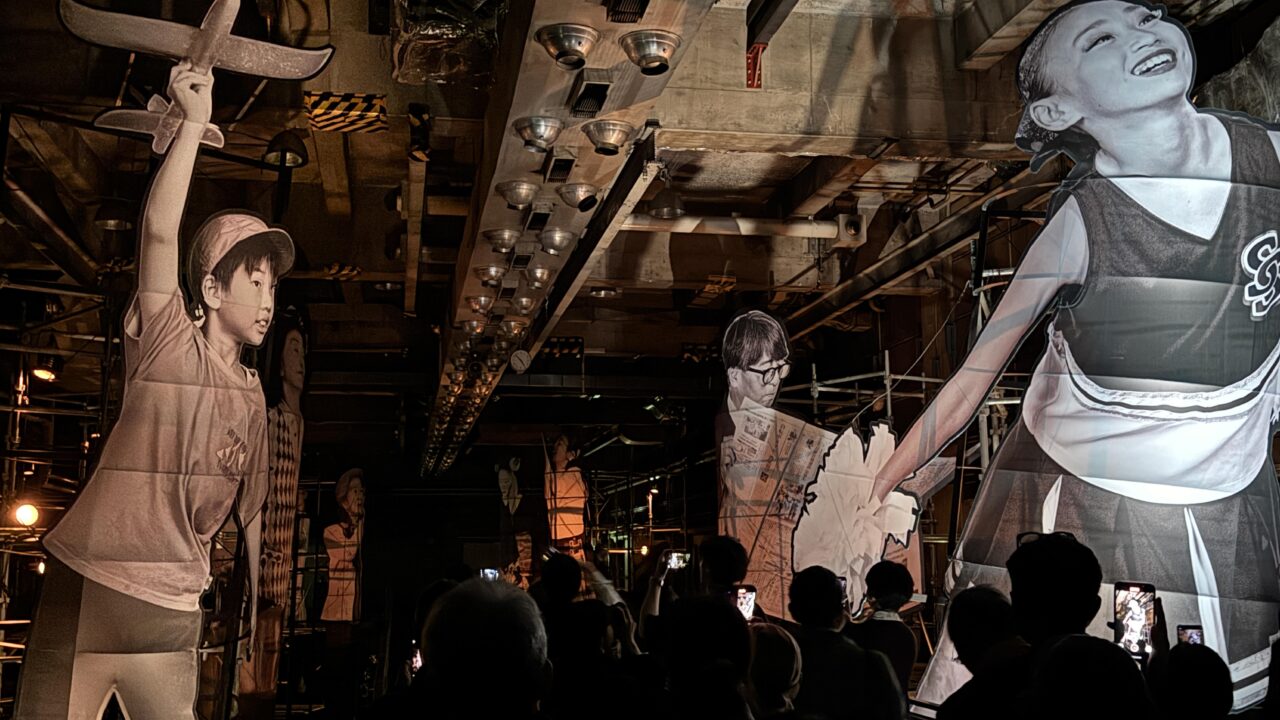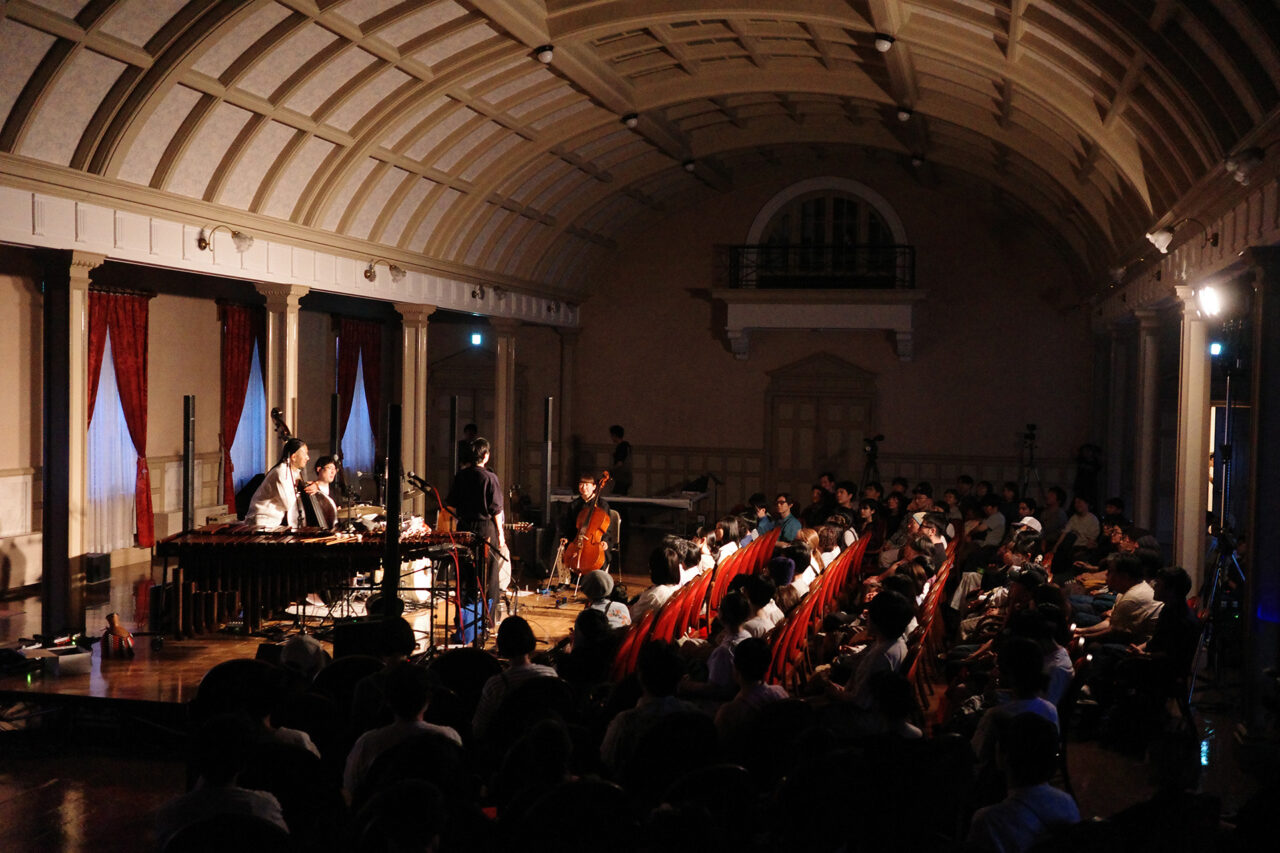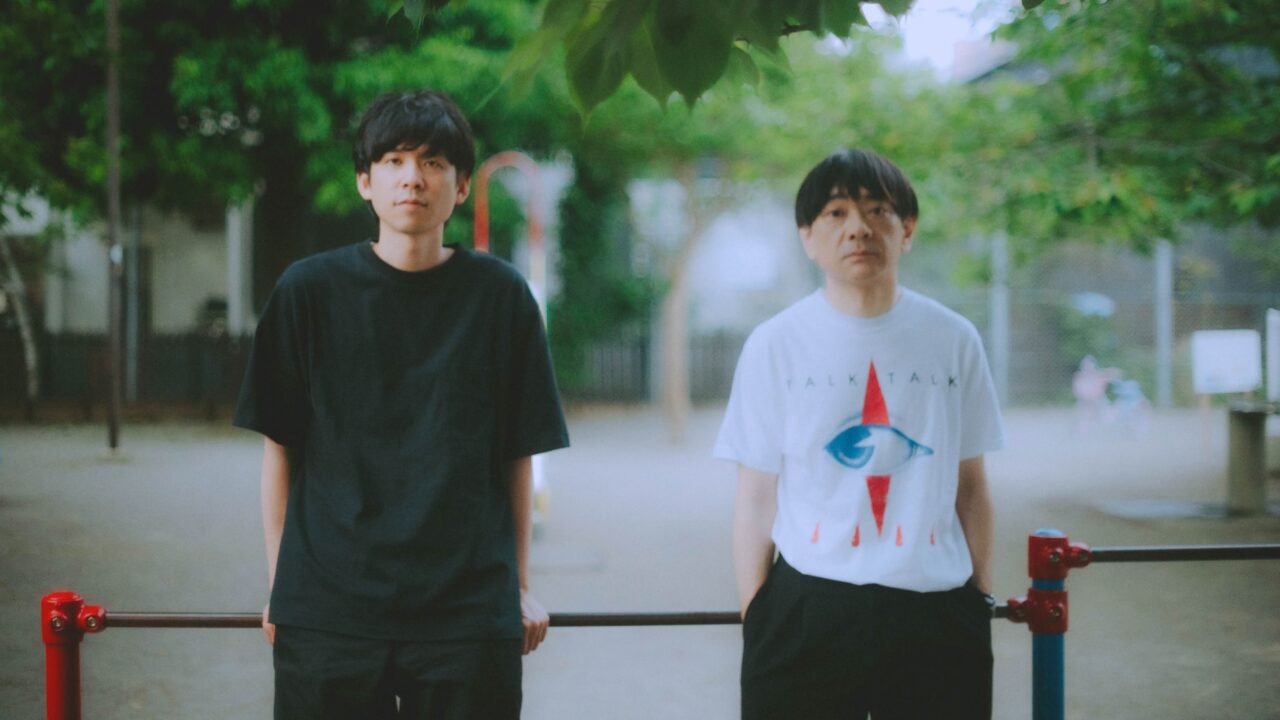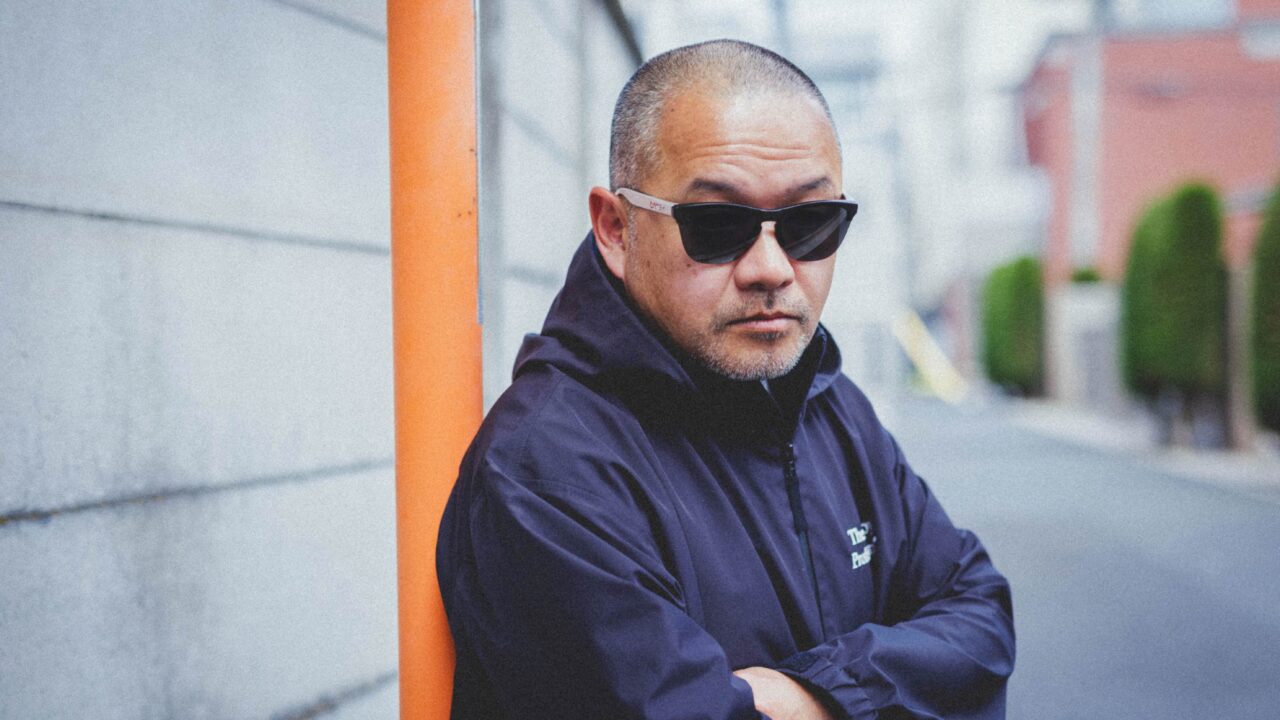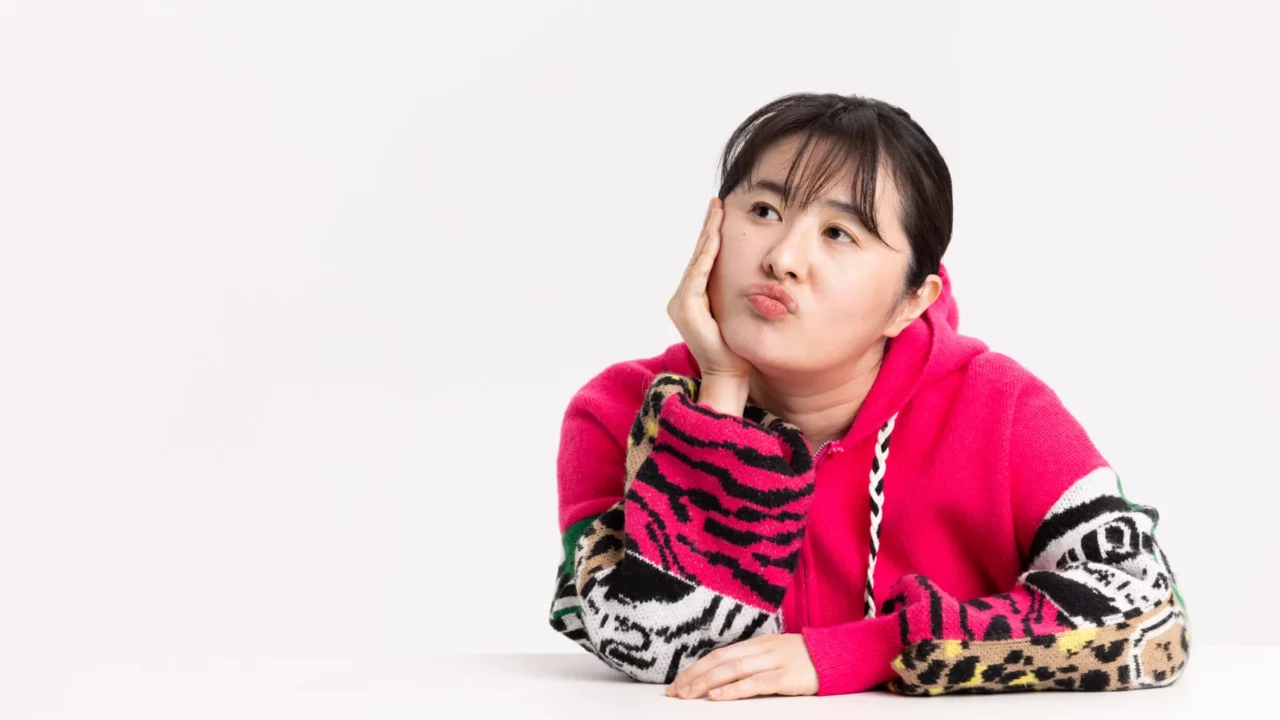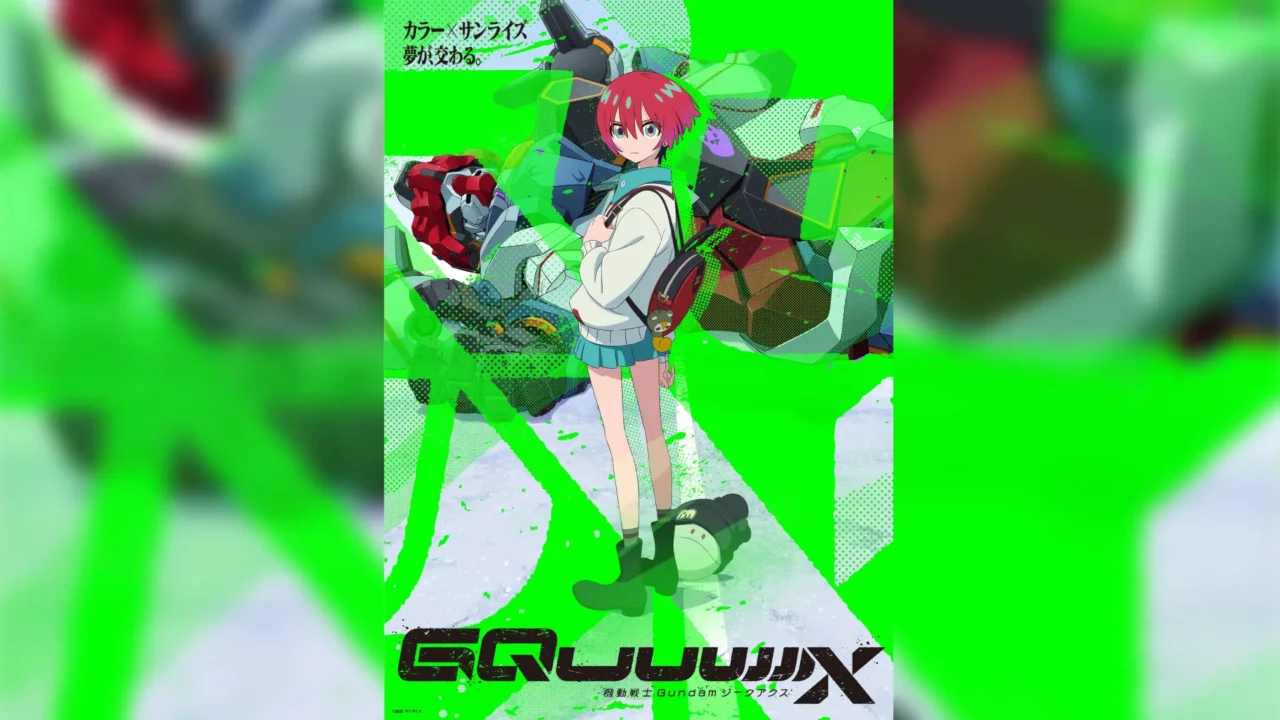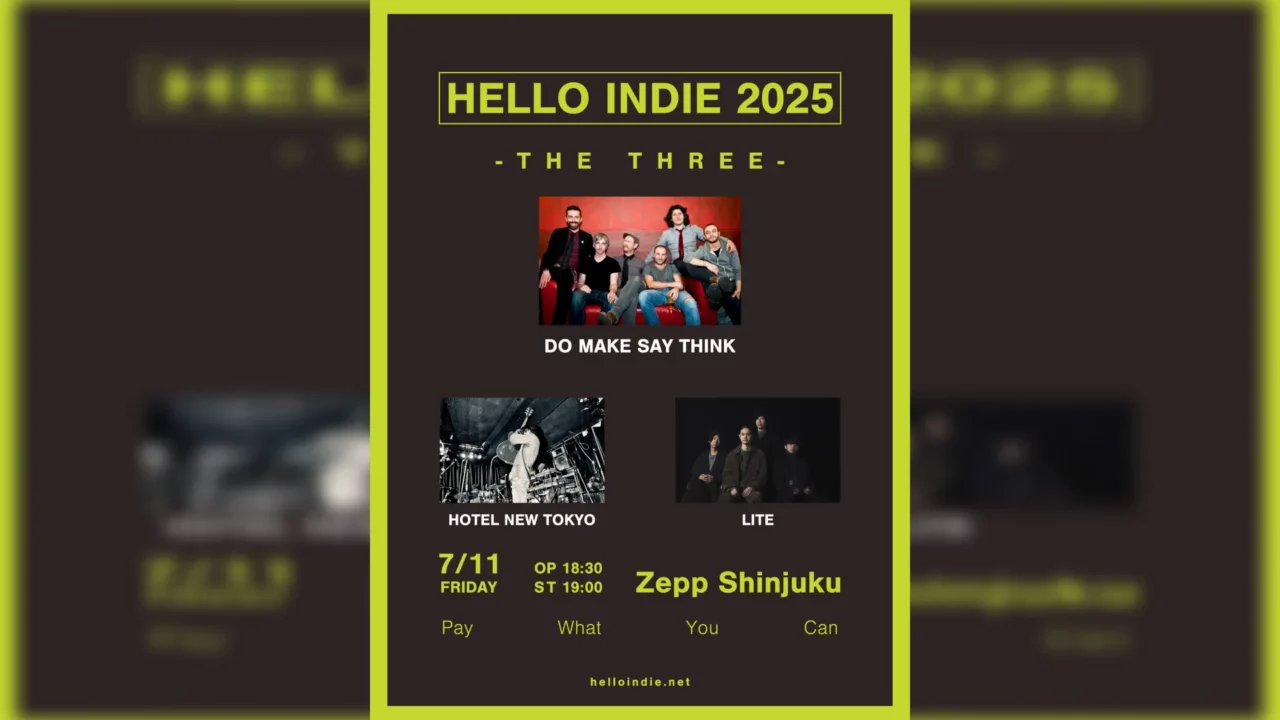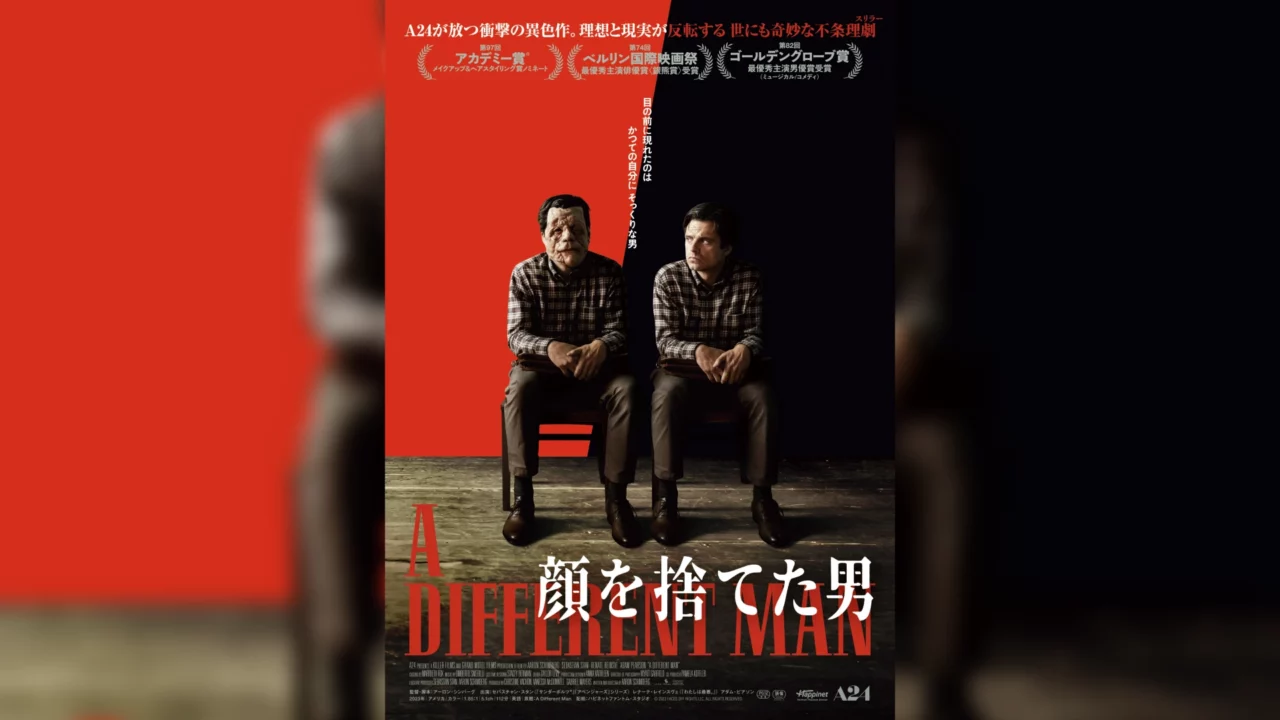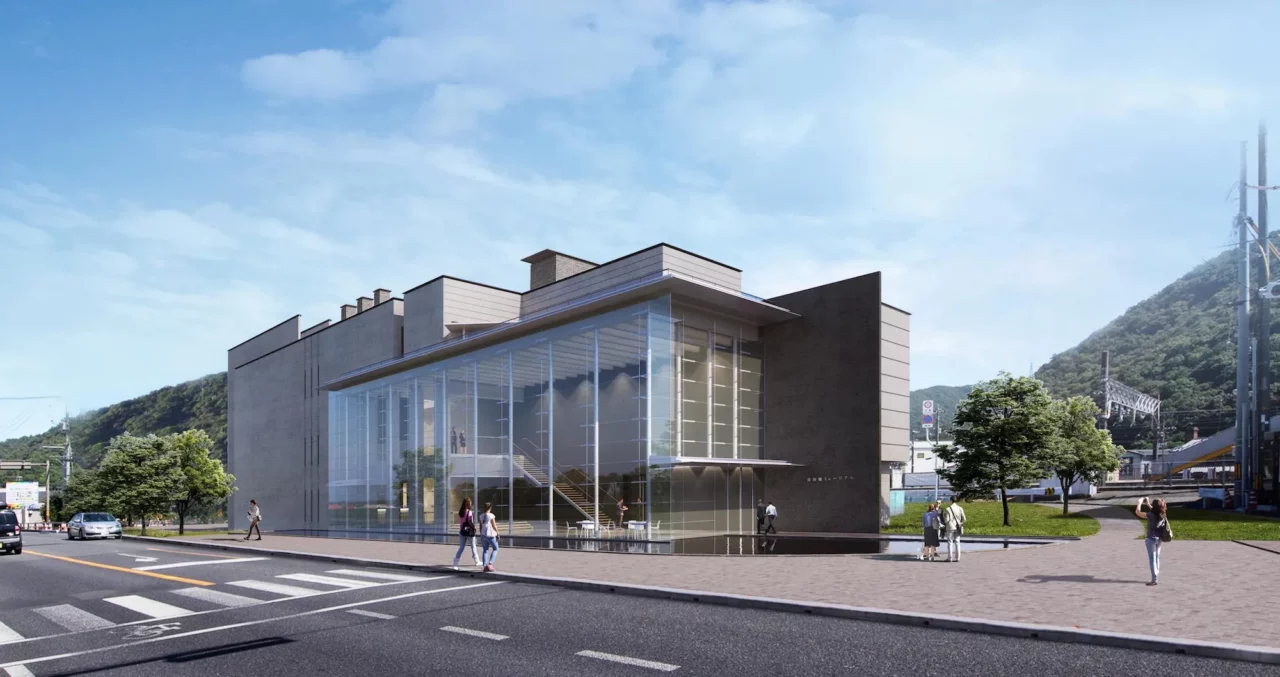Everyone, thank you for your support again this year! I’m looking forward to the parties and the tunes that will light up the dance floor in 2024.
Last year, the release of Romy’s album “Mid Air” prompted me to rediscover trance from around 1997 to 1999, crystallizing the concept of dance-pop in my mind. The house and trance music from the late 1990s to the early 2000s resonated freshly once again, allowing me to continue enjoying music without getting bored during the year-end and New Year holidays. Kylie Minogue’s latest album “Tension,” right in the heart of dance-pop, is currently in heavy rotation, reinforcing my belief that what we need now is a good party, both in my imagination and as a reality. This year, I plan to throw a party with a theme that I’m currently contemplating.
Now, let’s delve into the Madchester Movement that dominated late 1980s Britain, which serves as the roots for me. Actually, on the 20th of this month, I’m hosting an event called “MADCHESTER NIGHT” at the SPREAD club in Shimokitazawa. If anyone reading this is intrigued, I’d love for you to come and join the fun.
INDEX
Manchester as a Hub for Energetic and Extravagant Parties
“Madchester” refers to a movement that took place in the late 1980s, characterized by a boom in indie rock incorporating dance beats, primarily led by bands from Manchester such as The Stone Roses, Happy Mondays, The Charlatans, and Inspiral Carpets. This term is famously associated with the title of the EP “MADCHESTER RAVE ON” by Happy Mondays.
This term was initially coined by Tony Wilson, the owner of Happy Mondays’ record label, and was popularized by the British media. At that time, indie bands incorporating dance beats were referred to as “indie dance,” and tracks like Primal Scream’s “Loaded” and My Bloody Valentine’s “Soon” were major hits. While the momentum of Manchester bands, including The Stone Roses, was undoubtedly significant, the reality was that Manchester was hosting the wildest parties, making it the true epicenter of the madness.
At the heart of it all was a club called The Haçienda, managed by Factory Records. The Haçienda, meaning “Home” in Spanish, lived up to its name by becoming the home for party enthusiasts across Europe. Personally, I’ve had the chance to hear from the likes of Bez from Happy Mondays and Mani from The Stone Roses about how fervent and mad the atmosphere was during that time. However, the events and occurrences are far too intense to be written about here. It’s truly miraculous that they didn’t meet untimely ends during that era, without any exaggeration.
INDEX
Wigan Casino‘s Northern Soul
So why did the party scene thrive in Manchester? It’s a simple fact, but first and foremost, people in the North of England genuinely love parties and music, surpassing our imaginations. The roots of the scene created by such individuals trace back to a club called Wigan Casino. Located in Wigan, the hometown of The Verve, between Manchester and Liverpool, Wigan Casino started in 1967, playing American soul, funk, disco, and more, referred to as “Northern Soul,” and the trend spread. Strongly linked to the mod culture of the late 1960s, it attracted people from all over the UK during its peak in the early 1970s. This phenomenon is akin to the increase in Manchester University applicants in the 1980s, driven by the desire to attend The Haçienda (The Chemical Brothers being a perfect example), or the surge in Liverpool University applicants in the 1990s, seeking access to Liverpool’s super club, Cream.
INDEX
Blending Indie with Disco, Combining Punk and Funk, and the Emergence of Acid House
The Hacienda started in 1982 as a club and live venue focusing on rock and new wave music. Without a doubt, the blueprint and inspiration for it came from Wigan Casino. Many Manchester bands emerged from here, engaging in musical experimentation that can be characterized as a mix of indie and disco, punk and funk. Representing Manchester from the 1970s onwards, notable bands include Buzzcocks, The Fall, JOY DIVISION, New Order, The Smiths, The Stone Roses, and Oasis. The significance of punk as a pivotal moment is evident from the fact that Tony Wilson from Factory Records, members of JOY DIVISION, and Morrissey (The Smiths) attended the SEX PISTOLS’ live performance organized by Buzzcocks in 1976. Six years later, Factory Records opened The Hacienda as a musical experimental ground.
Then, in 1988, a storm of acid house swept through the UK. Dance music created with synthesizers and rhythm boxes, born in mid-1980s Chicago and Detroit, transformed disco into club music. For the team at Factory Records, which included New Order, electric dance music must have been incredibly stimulating. Simultaneously, London-based DJs like Paul Oakenfold and Danny Rampling experienced Ibiza’s parties during the same period and brought back early acid house to the UK.
The style of DJs mixing rock with house and Italo disco at Amnesia, a club in Ibiza at that time, later came to be known as Balearic. Soon after, Mike Pickering at The Haçienda started Ibiza-style parties, and acid house spread across the country as a new sound, giving rise to an unprecedented rave movement. The fervor at that time was beyond our imagination.
In many commentaries, the popularity of acid house is often attributed primarily to the synthetic drug ecstasy. While ecstasy undoubtedly played a significant role, I believe an even more substantial factor was the mindset of the people. The youth in the late 1970s to the 1980s in the economically challenging UK chose to believe in a brighter future rather than be crushed by harsh realities. Particularly, members of bands like The Stone Roses and Happy Mondays, who were teenagers in the 1970s and admired punk but missed its peak, began singing their own messages while embracing the DIY spirit of punk. The storm of acid house that occurred at that time transformed the music scene and parties. The line from The Stone Roses’ “She Bangs The Drum,” singing “The past was yours, but the future’s mine,” encapsulates this transformation, marking the moment when singing about hope from the depths of one’s heart became a reality.



